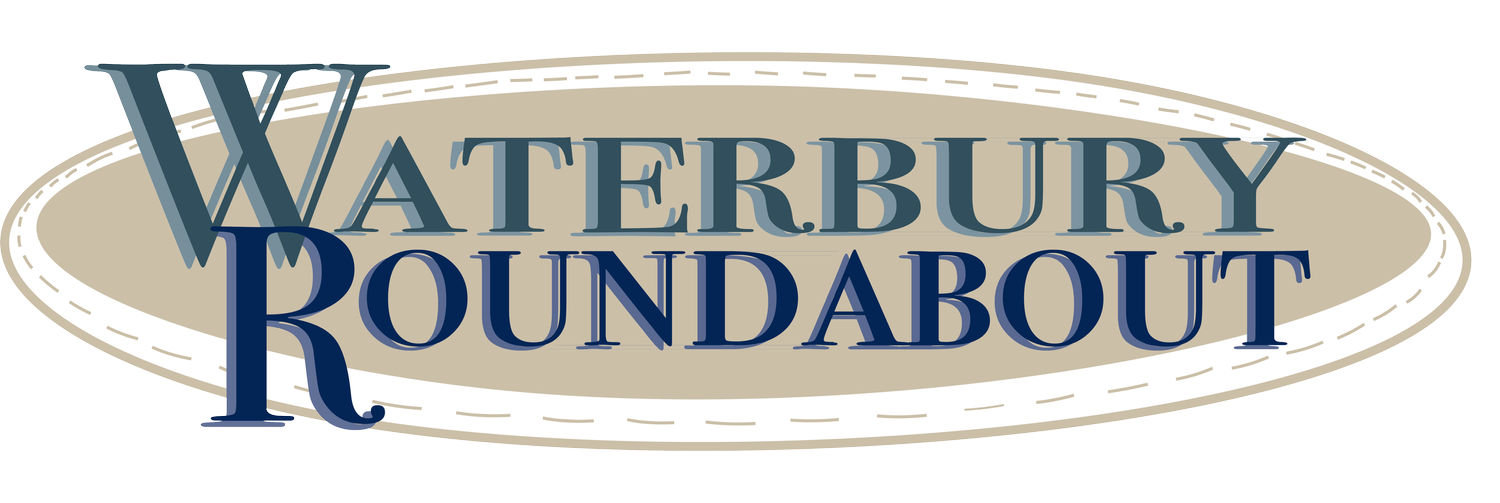Response to Rep. Conlon: Vermonters deserve vision, not austerity
May 23, 2025 | By Matt HenchenThe recent commentary, “Gov. Scott needs to speak frankly on education and health care,” by state Rep. Peter Conlon, D-Cornwall, chair of the House Education Committee, is exactly the kind of leadership that’s driving many Americans away from the Democratic Party.
His piece published by VtDigger is one of the most uninspiring endorsements of austerity politics I’ve seen in some time. It’s disheartening to hear yet another Vermont lawmaker talk about the so-called “inevitable” decline of rural Vermont with such defeatism—as if we have no agency, no imagination, and no alternative path forward.
Conlon attempts to equate our very real health care crisis with an entirely manufactured crisis in education spending. Let’s look at the numbers: since 1995, education spending has increased about 92%, which is actually less than the rate of inflation over that same period (approximately 110%). Meanwhile, the state budget has increased by 210%, and health care spending has exploded by 450%. That is the real crisis, not our schools.
What’s more troubling is his claim that we can no longer afford to maintain all of our current schools. Where is the evidence that school consolidation actually saves money? I have yet to see any clear data—only theoretical models from out-of-state consultants. In fact, local school boards have done a remarkable job holding education costs in check, keeping increases below inflation, even as overall state spending has skyrocketed—from $2.1 billion in 1995 to $8.6 billion today.
Conlon says he’s concerned about Vermont’s aging population and shrinking youth demographic, but then advocates for policies like closing small schools that make our rural towns less attractive to the very young families we’re hoping to attract. Research shows that strong local schools are among the top priorities for young families and that school closures can reduce property values by 6–13%. These aren’t just numbers; they’re red flags.
What Vermont needs is investment, not abandonment. We need a virtuous cycle of growth: strong schools, vibrant communities, and policies that support working families. Conlon’s prescription leads us straight into what economist Robert Reich calls a “vicious cycle” of disinvestment, depopulation, and decay.
The real failure here isn’t just policy, it’s imagination. Conlon says we can’t afford what we have. I say we can’t afford to keep repeating this defeatist narrative. Instead of undermining our excellent public schools, why not celebrate them? Why not fix our regressive funding mechanisms so that the wealthiest Vermonters contribute their fair share and ordinary families aren’t left bearing the brunt?
If Governor Scott isn’t using his megaphone to lead, maybe it’s time for Democrats to pick it up. But be warned—shouting for austerity won’t win hearts or build a better future.
Vermonters deserve a hopeful vision—one rooted in fairness, investment, and community. Let’s lead with that.
Re: The H.454 debacle
H.454 is not the thoughtful, evidence-based education reform Vermonters need—it’s a rushed, ill-conceived reaction to a crisis that has already passed. Lawmakers claim urgency based on a property tax revolt from 2024, when nearly a third of school budgets failed. But since then, Vermonters have shown renewed support for their schools and a clearer understanding of the real economic pressures, including runaway healthcare costs and historic inflation. Vermonters value patience and precision over panic, and we all know you can do things cheap, you can do things fast, or you can do things right—but you cannot do all three all at the same time.
At its core, H.454 is built on a false narrative of school failure and overspending. In truth, Vermont’s public schools are among the strongest in the nation. Our students perform well academically, report high levels of support and safety, and lead the country in areas like school sports participation and low juvenile crime. These aren’t signs of a system in collapse. In fact, they’re evidence of schools doing extraordinary work under increasing strain.
Yet, instead of celebrating this success, Governor Scott has scapegoated schools to deflect from the state’s failure to manage broader cost drivers: healthcare, housing, and the state budget itself. Worse, too many Democrats have echoed this harmful framing, aligning themselves less with everyday Vermonters and more with a national agenda that seeks to defund and dismantle public education. Scott’s threat to call a special session unless lawmakers pass this bill is executive overreach at its worst, and Vermont legislators must not bow to that kind of political pressure.
The real driver of rising education costs is not local school boards. It’s the accumulation of state-mandated programs without state funding. From universal school meals and expanded special education, to dual enrollment and curriculum overhauls, these well-intentioned initiatives place unfunded burdens on local districts. But there is a better and simpler way of moving forward. Let’s move all unfunded school mandates to the General Fund, raise taxes on the wealthiest Vermonters, modernize income sensitivity for property tax relief, and ban future unfunded mandates outright. Let’s demand shared fiscal responsibility—from school boards and the General Assembly.
H.454 is not reform. It’s a scapegoat. Please reject this rotten bill and use it as compost next year to grow something better—something worthy of our kids and our local communities.
Sources:
Education Funding: 1995 Data - Approximately $1.26 Billion; 2025 Data - Approx. $2.42 Billion
Vermont State Budget: 1995-2025 data - Approximately $2.78 billion-$8.6 billion
Matt Henchen is Moretown resident and social studies teacher at Harwood Union Middle-High School.
